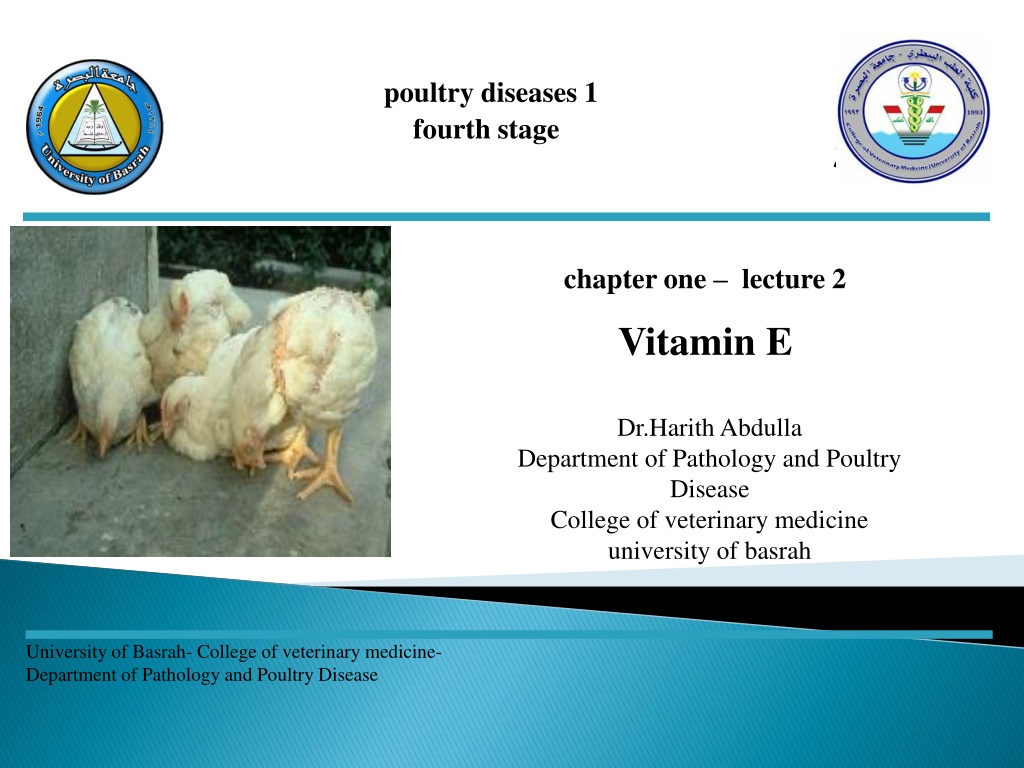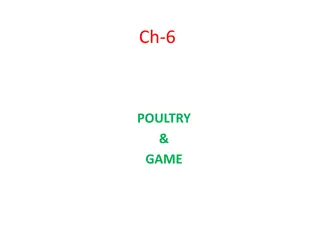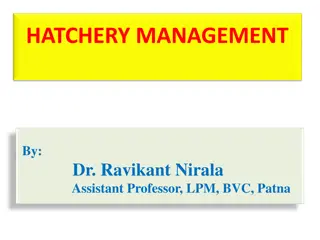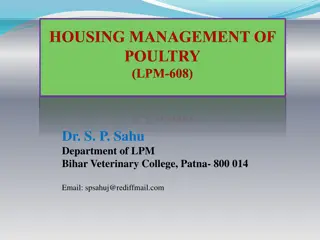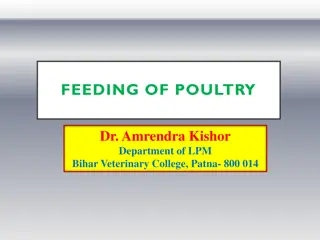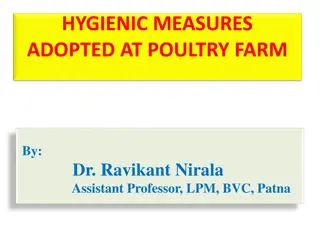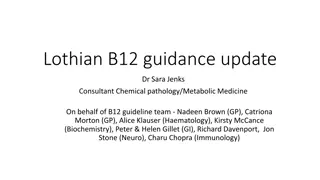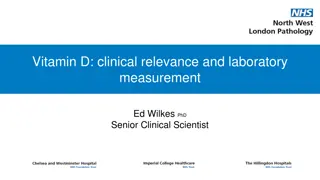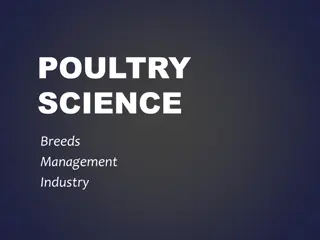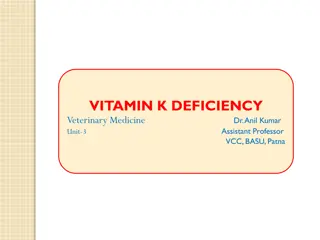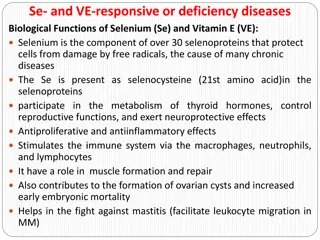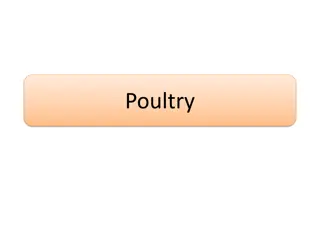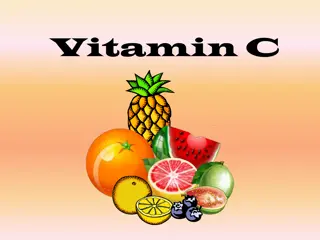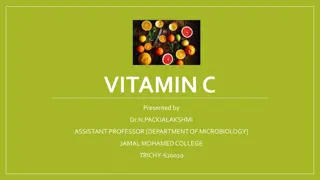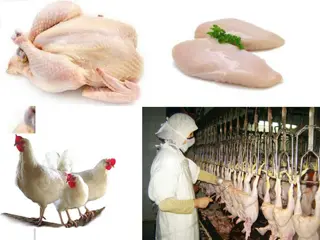Understanding Vitamin E Deficiency in Poultry: Symptoms and Implications
Vitamin E deficiency in poultry can lead to serious conditions such as encephalomalacia (crazy chick disease) and exudative diathesis. Symptoms include ataxia, testicular degeneration, and early embryo mortality. Post-mortem lesions show soft and swollen brains with minute hemorrhages. It is crucial to address this deficiency to maintain the health and well-being of poultry.
Download Presentation

Please find below an Image/Link to download the presentation.
The content on the website is provided AS IS for your information and personal use only. It may not be sold, licensed, or shared on other websites without obtaining consent from the author. Download presentation by click this link. If you encounter any issues during the download, it is possible that the publisher has removed the file from their server.
E N D
Presentation Transcript
poultry diseases 1 fourth stage chapter one lecture 2 Vitamin E Dr.Harith Abdulla Department of Pathology and Poultry Disease College of veterinary medicine university of basrah University of Basrah- College of veterinary medicine- Department of Pathology and Poultry Disease
Vitamin E Is a powerful antioxidant and important for normal neurological functions. Deficiency leads to encephalomalacia/crazy chick disease, exudative diathesis in young birds, muscular dystrophy seen more frequently in older and mature birds
Vitamin E Deficiency Symptoms: 1-In Adult ( Mature ) a-Early embryo mortality. b-Testicular degeneration in males. 2- In Chicks ( Young ) : There are 3 disease conditions can be seen in chicks due to vitamin E deficiency .
a-Encephalomalacia(Crazy Chick Disease). Encephalomalacia is a nervous syndrome characterized by 1-Ataxia, backward or downward retraction of the head, sometimes with lateral twisting . Increasing incoordination, rapid contraction and relaxation of the legs and finally complete prostration and death. 2- The deficiency usually manifests itself between day 15 and 30 of the chick s life.
Post-mortem lesions : 1-Soft and swollen brain. 2-Minute hemorrhages on the surface of the brain. 3-Greenish-yellow necrotic areas. Microscopically : 1-Edema. 2-Capillary hemorrhages. 3-Thrombosis. 4-Necrosis.
b- Exudative Diathesis : 1-Edema of the subcutaneous tissue associated with abnormal permeability of the capillary walls, produces greenish blue and viscous fluid under the skin of the abdomen ( due to specific gravity ). 2-Anemia. 3- In severe cases, chicks stand with their legs far apart as a result of accumulation of fluid under theventral skin.
C-Nutritional Myopathy (Muscular Dystrophy) When vitamin E deficiency is accompanied by a sulfur amino acid deficiency, chicks show signs of nutritional myopathy : Light colored streaks of muscle fibers in the breast. Histological examination: 1- Edema. 2- Hyaline degeneration.
Treatment of vitamin E deficiency: Exudative diathesis and muscular dystrophy , if not too advanced , are treated by administration of vitamin E. Encephalomalacia may or may not respond to treatment.
Character Vitamin E Deficiency Avian Encephalomyelitis Newcastle Disease Head Tremor Slight + + + - Respiratory signs _ _ + Swollen brain + _ _ Air sac infection _ _ +
